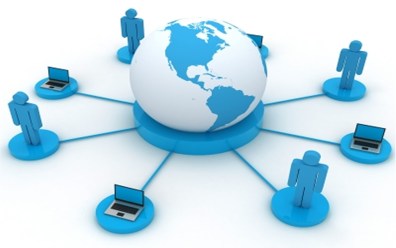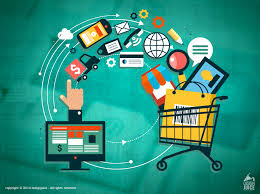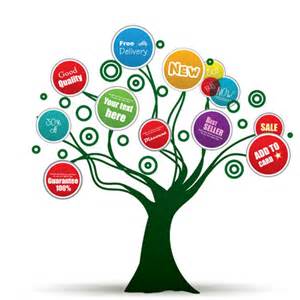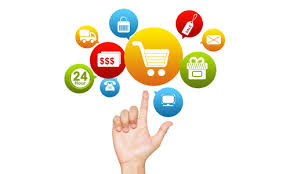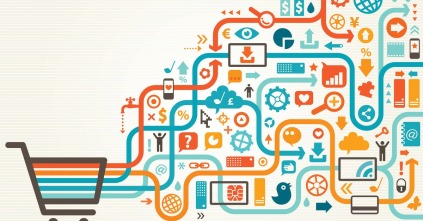
E –commerce which means the business of retailing conducted over the internet. It is the platform which binds organization with their customers and help organization to reach customers where they are. Where in traditional retailing we have to wait for customers to come to us. However, the traditional retailing is being seriously threatened by the growth of e-commerce in many industries like fashion, electronics, home &furnishings etc.
People largely prefer to go online for best deals and offers, as for them offline shopping is just a browsing element. If we talk about apparel stores, these stores which incur cost and expenses is being desecrate. People come over these stores to check out things and buy that particular thing online .Offline shopping has reached its maturity, sales have not grown in great proportions and expansion is slowed. Customers have more choices and reliability power of making decision related to where to spend their money has been shown up.
It has been argued that online will change the face of retailing permanently, making offline shopping obsolete. At times people used to prefer these stores to shop their requirements but today, we can find anything we want online and likely to find the best deals over there. Retail is certainly going through massive changes and technology is the main driver behind those changes. Big players like Flipkart, Jabong, and Amazon are ruling the Indian Market by giving tempting offers and prices to attract customers so why would someone like to spent his or her money over the irrelevant prices? E-retailing sites have taken a significant advantage of the fact that Indian consumers are price sensitive as they offer huge discounts, more variety of products and an amazing feature known as COD (Cash on Delivery). And with this comfort zone the customers like to shop online and the retail stores are getting affected and are facing high degree of competition.
Author: Simran Aggarwal.


